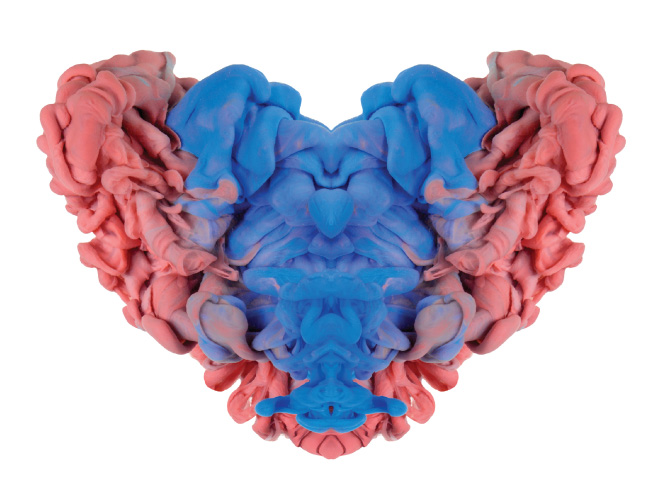Printing blood vessels isn't quite as simple as opening a document and clicking "print," but Yi Hong, bioengineering assistant professor, is working on improving the process.
Through a $211,000 grant from the National Institutes of Health, Dr. Hong is developing bioinks that can be used to create unique tissue-engineered blood vessels using a 3-D printer. These bioinks will allow doctors to create new blood vessels for children with vascular defects, which are difficult to treat with the methods used for adults. The more common artificial vascular grafts are not ideal because grafts do not grow at the same rate as a child's body, making multiple surgeries necessary to match that growth.
While 3-D printed tissue-engineered blood vessels are being explored by other groups, Hong's approach could allow researchers to create viable, patient-specific blood vessels that are less fragile than current tissue-engineered blood vessels.
"The development of new blood vessels has been a daunting challenge," says Michael Cho, chair of the Department of Bioengineering. "Dr. Hong's approach offers a feasible alternative to overcome the challenges involved."



